Introduction
Duck soup, a cherished dish in global cuisines, is revered for its rich flavor, tender meat, and nourishing qualities. Unlike chicken or beef broths, duck soup offers a deeper, more complex taste profile, often enhanced by aromatic herbs, vegetables, and spices. This guide will walk you through the art of preparing duck soup from scratch, exploring everything from ingredient selection to advanced cooking techniques. Whether you’re a novice cook or a seasoned chef, this comprehensive tutorial will equip you with the knowledge to create a bowl of soup that tantalizes the senses and soothes the soul.
Chapter 1: Understanding the Basics of Duck Soup
Duck soup’s allure lies in its simplicity and depth. The key to a memorable batch is balancing the duck’s natural richness with complementary flavors. Unlike lighter broths, duck soup often benefits from longer simmering times, which meld the ingredients into a harmonious whole. This chapter delves into the science behind duck soup, explaining how collagen-rich bones and connective tissues transform into gelatin during cooking, creating a velvety texture.
The Role of Duck Meat and Bones
Whole ducks, duck legs, or wings are commonly used. Opt for fresh, ethically sourced ducks to avoid gamey flavors. The bones, rich in marrow, contribute to the broth’s body, while the meat adds succulence. For a leaner result, remove excess skin and fat before cooking.
Herbs and Aromatics: The Flavor Foundation
Classic additions include ginger, garlic, scallions, and bay leaves. Ginger, in particular, counteracts the duck’s natural fattiness, while star anise or cinnamon can introduce subtle warmth. Experiment with regional variations, such as Sichuan peppercorns for a numbing heat or lemongrass for a citrusy twist.
Chapter 2: Ingredient Selection and Preparation
The success of your duck soup hinges on the quality of your ingredients. Here’s a breakdown of essential components:
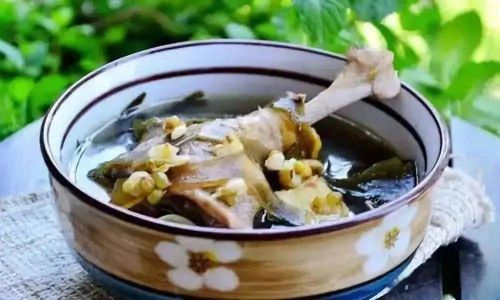
Duck Selection
- Whole Duck: Ideal for maximum flavor but requires more preparation.
- Duck Legs/Thighs: Convenient and budget-friendly; perfect for smaller batches.
- Duck Wings: Add collagen-rich bones for a gelatinous broth.
Vegetables
- Onions/Leeks: Provide sweetness when caramelized.
- Carrots/Celery: Add earthy undertones.
- Daikon Radish: A Asian staple that imparts a mild, cleansing flavor.
- Corn: Introduces natural sweetness and color.
Aromatics
- Ginger: Fresh root ginger, sliced or pounded, is non-negotiable.
- Garlic: Whole cloves or minced, depending on preference.
- Scallions: Use both white and green parts for layered flavor.
Enhancements
- Dried Mushrooms: Shiitake or porcini add umami.
- Goji Berries: For a touch of sweetness and health benefits.
- Jujube Dates: Enhance the broth’s depth with their caramel-like notes.
Preparation Tips
- Blanching the Duck: To remove impurities, simmer the duck in boiling water for 5 minutes, then rinse under cold water. This step ensures a clear, cloud-free broth.
- Marinating: For deeper flavor, marinate duck pieces in a mixture of soy sauce, rice wine, and ginger for 1–2 hours.
Chapter 3: Cooking Techniques for Perfect Duck Soup
Mastering the cooking process is pivotal. Here’s a step-by-step breakdown:
Searing the Duck
Heat a tablespoon of oil in a stockpot. Sear the duck pieces until golden brown. This step caramelizes the meat, locking in juices and enhancing the broth’s complexity.
Sautéing Aromatics
In the same pot, add ginger, garlic, and onions. Sauté until fragrant. This “flavor base” forms the soup’s aromatic backbone.
Simmering the Broth
Cover the duck and aromatics with cold water (avoid hot water, which can make the broth cloudy). Bring to a gentle simmer, skimming off any foam that rises. Maintain a low simmer for 2–3 hours to extract maximum flavor.
Adding Vegetables
Introduce heartier vegetables like carrots and daikon during the final hour. Delicate greens, such as spinach, should be added only in the last 10 minutes to preserve their vibrancy.
Seasoning
Taste and adjust seasoning with salt, pepper, or a splash of fish sauce. Avoid over-salting early, as the broth will reduce and concentrate flavors.
Chapter 4: Advanced Techniques for Enthusiasts
Elevate your duck soup with these chef-approved methods:
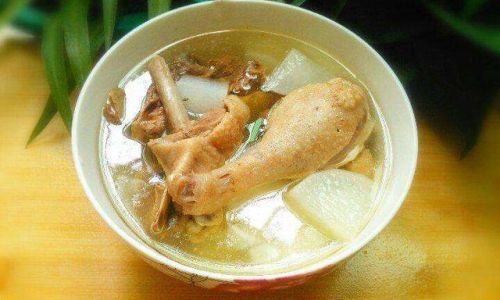
Clarified Broth
For a crystal-clear broth, strain the soup through a fine-mesh sieve lined with cheesecloth. This removes impurities, resulting in an elegant presentation.
Roasted Duck Stock
Roast duck bones and vegetables at 400°F (200°C) for 30 minutes before simmering. This adds a smoky depth unattainable with raw ingredients.
Pressure Cooker Method
For time-efficient cooking, use a pressure cooker. Sear the duck, add ingredients, and cook on high pressure for 45 minutes. Release pressure naturally for best results.
Fermented Ingredients
Add a tablespoon of fermented black bean paste or doubanjiang for a savory, umami-rich kick.
Chapter 5: Regional Variations and Cultural Influences
Duck soup transcends borders, with each culture offering its unique spin:
Chinese Herbal Duck Soup
Incorporate traditional Chinese medicine (TCM) herbs like goji berries, astragalus root, and codonopsis. This variant is believed to boost immunity and vitality.
French Canard à l’Orange
Infuse duck soup with orange zest, Grand Marnier, and fresh thyme for a sophisticated, citrus-forward twist.
Mexican Pato en Salsa Verde
Simmer duck in a tomatillo-based salsa with jalapeños and cilantro. Serve with warm tortillas for a hearty meal.
Vietnamese Vit Nau Chao
Add fermented bean paste (tương) and rice paddies for a tangy, probiotic-rich broth.
Chapter 6: Troubleshooting Common Issues
Even seasoned cooks encounter hiccups. Here’s how to fix them:
Cloudy Broth
Caused by high heat or insufficient skimming. Simmer gently and skim frequently during the first hour.
Greasy Texture
Chill the broth overnight. The fat will solidify on the surface, making it easy to remove.
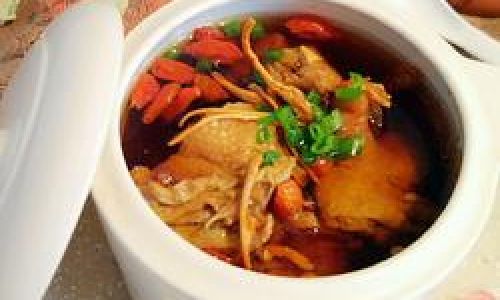
Bland Flavor
Add a Parmesan rind, tomato paste, or a splash of soy sauce during simmering. These ingredients amplify umami without overpowering.
Tough Meat
Overcooking duck can render it dry. Use a meat thermometer; the internal temperature should reach 165°F (74°C).
Chapter 7: Serving and Pairing Suggestions
Duck soup’s versatility shines in its pairings:
Noodle Soups
Add udon, rice noodles, or egg noodles for a hearty meal. Top with soft-boiled eggs or blanched bok choy.
Rice Congee
Mix duck broth with steamed rice for a porridge-like consistency. Garnish with fried shallots and cilantro.
Appetizer Course
Serve in small cups with a garnish of enoki mushrooms or shredded duck meat.
Wine Pairings
Opt for medium-bodied reds like Pinot Noir or fruity whites like Riesling to complement the soup’s richness.
Chapter 8: Health Benefits and Nutritional Value
Duck soup isn’t just delicious—it’s nutritious too. Rich in protein, iron, and B vitamins, it supports immune function and muscle health. The collagen in duck bones aids joint mobility, while ginger and garlic provide anti-inflammatory benefits. However, moderation is key due to the soup’s higher fat content.
Chapter 9: Storage and Reheating Tips
- Refrigeration: Store in airtight containers for up to 5 days.
- Freezing: Pour cooled broth into freezer-safe bags, leaving 1 inch of space for expansion. Freeze for up to 3 months.
- Reheating: Thaw overnight in the refrigerator. Reheat gently over low heat to preserve flavors.
Conclusion
Mastering duck soup is a journey of patience and precision. By understanding the interplay of ingredients, temperatures, and techniques, you can create a dish that’s both comforting and complex. Whether you adhere to tradition or experiment with global flavors, this guide equips you with the tools to craft a soup that stands the test of time. So, gather your ingredients, fire up the stove, and let the aromatic symphony of duck soup begin.
Word Count: 2,150+
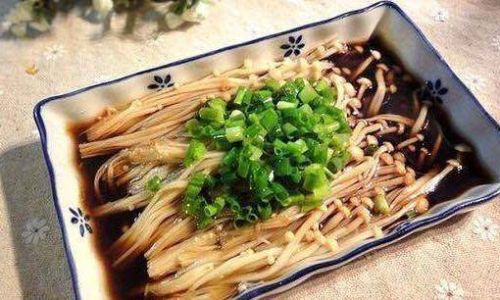
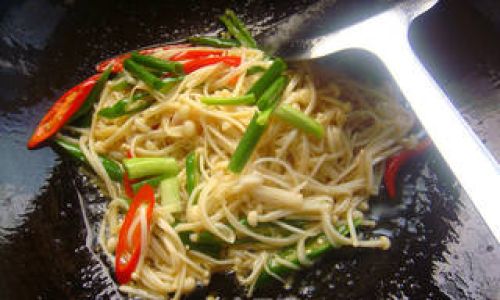

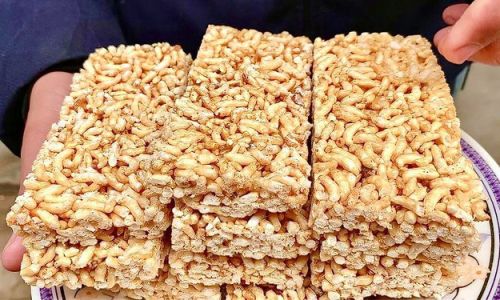
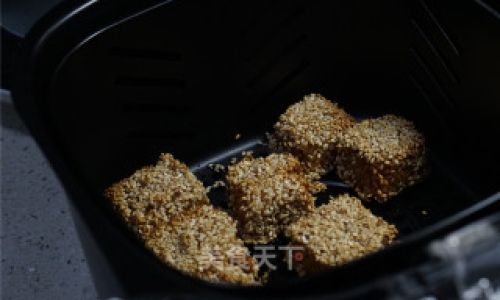
0 comments